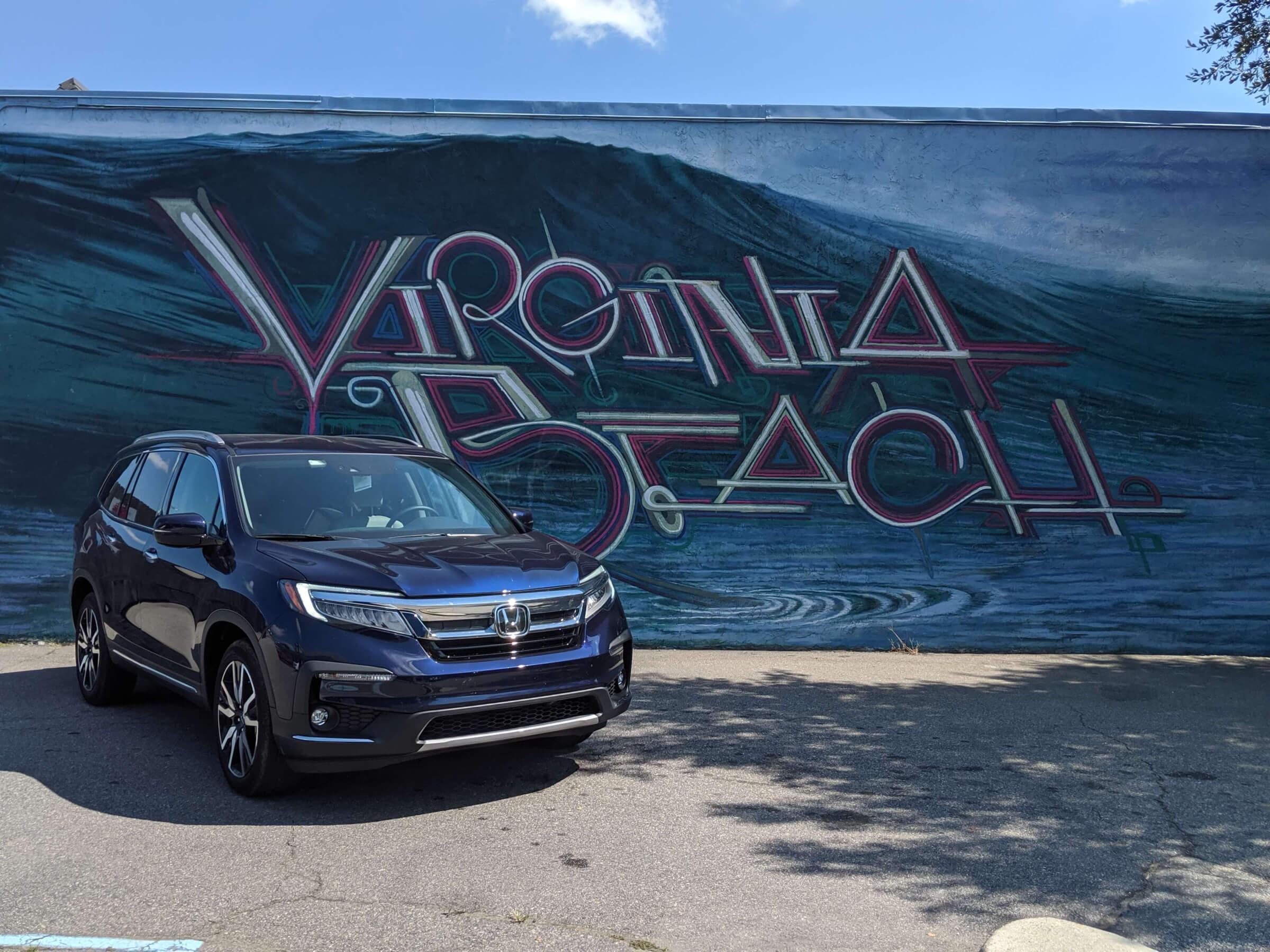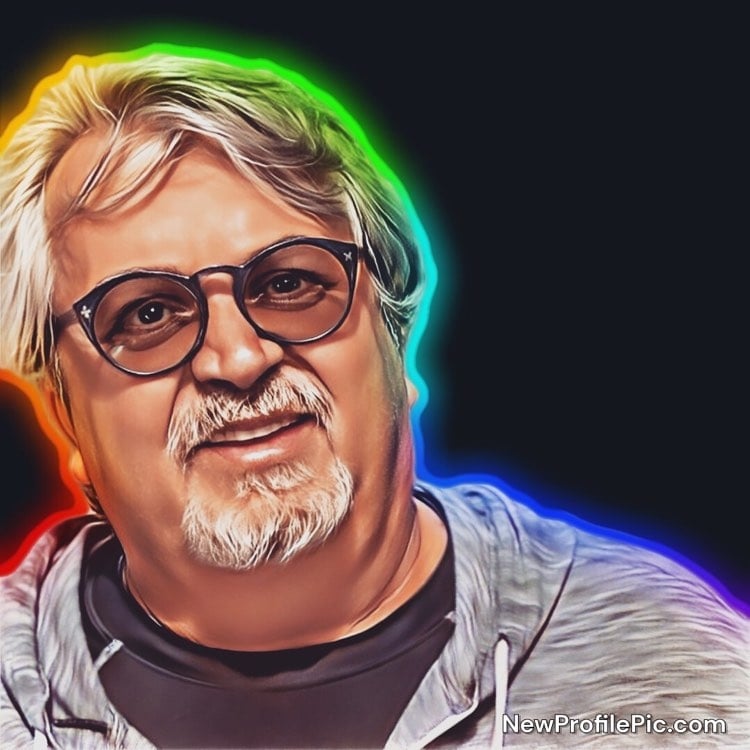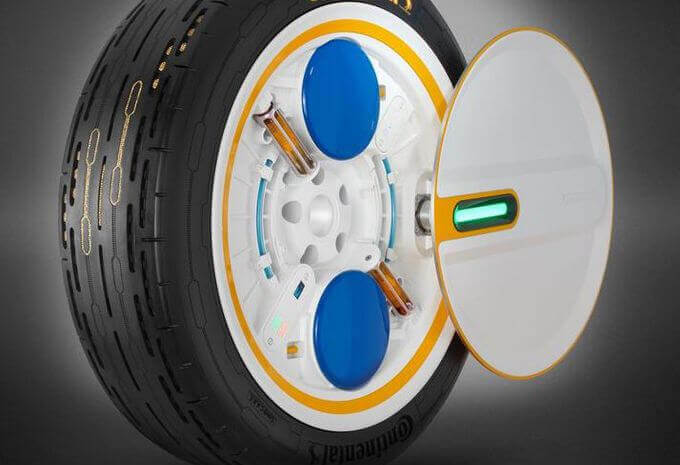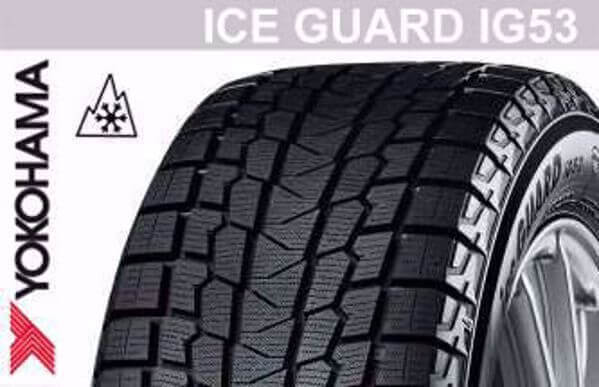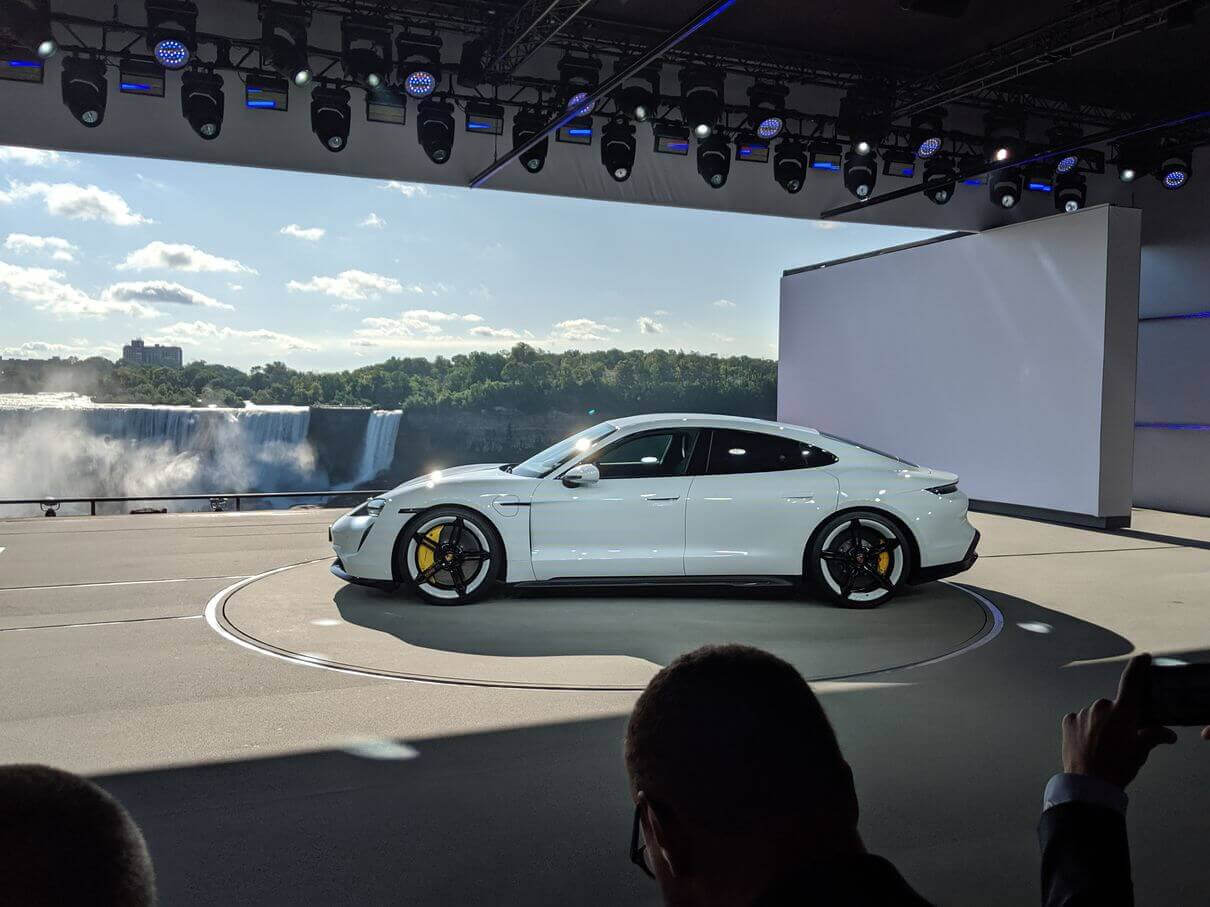Those who follow me on social media already know, I spent the last days driving a Honda Pilot to travel the roads of Virginia. But this kind of course is not without little concern, and the problems of GPS and flat tire are not the least.
Honda Pilot Touring
First of all, the Honda Pilot proved to be a remarkable companion. Spacious, it allowed us to hike more than 1500 kilometers in a few days without ever complaining. The cargo space made it possible to lodge the suitcases of Honey and mine, two objects whose format differ a little.
The 280-horsepower V6 engine, paired with a 9-speed automatic gearbox, did the job well, though on the winding, hilly roads of the Charlottesville area, it sometimes felt like speed changes were a little late.

In addition to these details, comfort was in order: the air conditioning bi-zone very convenient (especially with a temperature that exceeded 30 degrees), and the quality of the suspensions doubled the smooth ride of the vehicle made me appreciate it.
Even the all-wheel drive pulled me off a bit of a bump, me venturing a little too far over the soft sand at the Chesapeake Bay tunnel bridge in Virginia Beach. Fortunately, no consequences!
Without direction
The first drawback occurred in the Alexandria area, a beautiful historic town with breathtaking views of the Potomac and an abundance of restaurants and spectacular terraces. Unfortunately, parked in the heat, the GPS of our vehicle has died, and became unusable.
So we had to count on Android Auto, thankfully compatible, to get to the city of Charlottesville to see the University and the pedrestrian mall, criss-cross the Monticello Wine Trail before staying in Williamsburg and its remarkable vineyard.
It was only in the last leg of this trip to Virginia Beach that we felt a slight problem: the tire pressure had suddenly dropped a little. No problem, stop at the gas station and everything is back to normal.
City tour
Once in Virginia Beach, we took the opportunity to visit the Vibe Art District and its multiple murals (a must), and we also went along the road lined with stilt houses in Sandbridge.

But it was at the time of our stop at the International Sand Sculpture Competition that things went awry. Back at the parking lot, it is clear that the front left tire is flat! With the left foot broken and surrounded by a plastic boot, I can not change the wheel myself. A call to roadside assistance allowed us to wait 45 minutes without news.
Fortunately, Rob, a good local Samaritan and former Park Ranger, offered his help and under the overwhelming heat, he installed our spare wheel in a few minutes. We were then able to go to the dealership and have the tire repaired.
This incident, innocuous, was good. The Continental CrossContact tire did not suffer from the distance traveled before seeing its condition. It offered a steady ride all along our hike, and even though we could hear a small rolling on the Virginia roads, he was still more than satisfactory.
In fact, once repaired, and tires inflated as they should, they proved more rigid than ever. They endured the winding roads back to Washington without flinching, offering significant lateral strength.
 Better yet despite the burning roads, the Continental has never lost its grip or its precision. I must explain here that some vehicles literally “burned” the tires at start-up because the asphalt was hot in places.
Better yet despite the burning roads, the Continental has never lost its grip or its precision. I must explain here that some vehicles literally “burned” the tires at start-up because the asphalt was hot in places.
I have no talent to change a wheel with broken foot. But I must admit that Continental CrossContact tires have done the job well. Small details, they are also equipped with EcoPlus technology that limit friction and guarantee better fuel consumption. This is not the only factor, but know that my average was 9.7 l per 100 km with my Honda Pilot, which is far from dishonorable.


